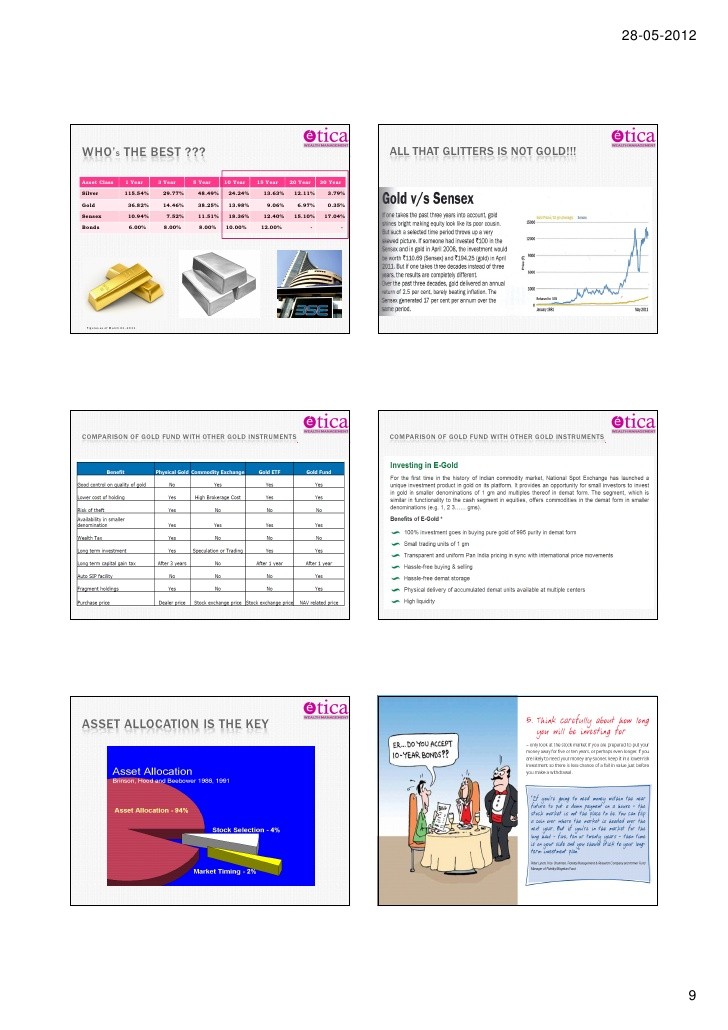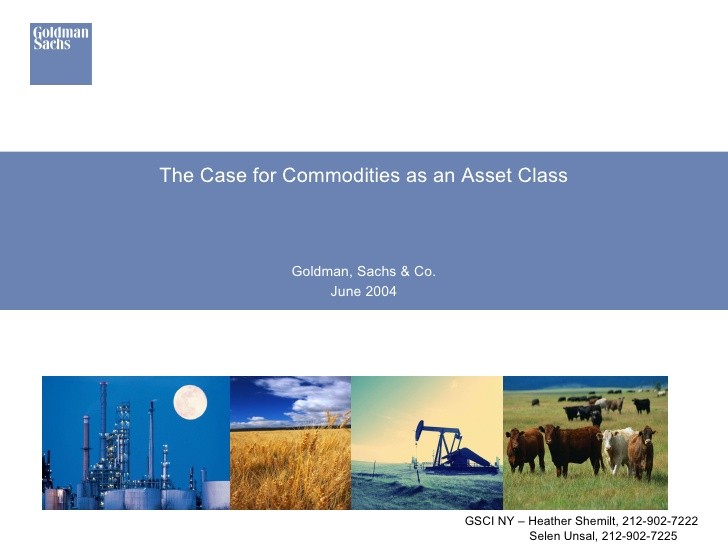Diversification Its All About (Asset) Class_1
Post on: 25 Апрель, 2015 No Comment

The Myth of Diversification: Risk Factors vs. Asset Classes
Article Main Body
The word “risk” derives from the early Italian risicare, which means “to dare.” In this sense, risk is a choice rather than a fate.
– Peter L. Bernstein
Diversification often disappears when you need it most.
Consider this: From January 1970 to February 2008, when both the U.S. and World ex-U.S. stock markets – as represented by monthly returns for the Russell 3000 and MSCI World Ex-U.S. indexes, respectively – were up more than one standard deviation above their respective full-sample mean, the correlation between them was −17%. In contrast, when both markets were down more than one standard deviation, the correlation between them was +76%. (Standard deviation measures the dispersion of a set of data from its mean.) Should we expect similar asymmetry going forward? As our colleague Richard Clarida noted in a recent essay, we live in a New Normal world in which markets oscillate between two regimes: “risk on” and “risk off.” In such a world diversification across asset classes might work on average, but it might feel like having your head in the oven and your feet in a tub of ice: Even though your average body temperature is OK, your chances of survival are low.
Investors have long recognized that economic conditions frequently undergo regime shifts. The economy typically oscillates between:
- A steady, low volatility state characterized by economic growth; and
- A panic-driven, high volatility state characterized by economic contraction.
Evidence of such regimes has been well documented in market turbulence, inflation and GDP growth. In our New Normal world, regime shifts will continue to cause significant challenges for risk management and portfolio construction.
PIMCO believes asset class returns are driven by common risk factors, and risk factor returns are highly regime-specific. Hence, we believe risk factors – as opposed to asset classes – should be the building blocks for portfolio construction. Risk factors provide a flexible language with which investors may express their forward-looking economic views and diversify their portfolios accordingly.
Asset Class vs. Risk Factor Diversification
In a recent analysis, we used monthly data from 1994 to 2009 to compare the effectiveness of risk factor diversification vs. asset class diversification. We recognized that in many periods in our sample, there were no significant events that caused prices to change; hence, returns merely reflected the fact that prices were “noisy.” But in other periods, prices shifted in response to significant events. Therefore, we partitioned returns from this analysis into two sub-samples: one associated with our full sample (1994–2009) and the other associated with specific “regimes” of market turbulence during that same period. (“Regime” is risk-management vernacular that connotes periods sharing specific qualities of risk.) To do so, we used a robust mathematical technique called the Mahalanobis distance, which defines market turbulence based on both volatility and co-movements. Then we computed standard deviations and correlations for each of the samples based on a threshold calibrated to capture the most turbulent periods: The Asian financial crisis, Russian debt default and Long Term Capital Management flameout of the late 1990s; the dot.com bust, 9/11 and credit crisis early this decade; and the most recent global financial crisis sparked by the subprime mortgage fallout.
As we expected, correlations across risk factors were lower than across asset classes – hence to diversify across risk factors should be more efficient than to diversify across asset classes. Most importantly, our results revealed the average correlation across risk factors did not increase during market turbulence. Figure 1 shows average asset class and risk factor correlations for the full-sample, calm, and turbulent periods. In quiet times, the average asset class correlation was 30%, compared with 51% in turbulent times. In contrast, the average risk factor correlation remained in the 2% range in both our quiet and turbulent times. 20one%20myth%20o%20f%20diversication.jpg /%
Extreme Correlations and Tail Risk Hedging
Asset class correlations are typically higher than risk factor correlations because most asset classes contain indirect exposure to equity risk. To complicate things, indirect equity risk is like a virus that remains dormant until the body weakens: It tends to manifest itself during extreme market moves. The equity factor exposure is always there, but in normal times investors attribute the returns to real estate or hedge funds or private equity as being the result of good alpha decisions, where in reality they are the result of factor betas like equity; in bad times, they realize they owned equity factor exposure. Investors are often surprised by how seemingly unrelated risky assets and strategies suddenly become highly correlated with equities during a crisis.
Consider the example of the currency carry trade. According to this strategy, the investor sells low-yielding currencies to invest in higher yielding currencies. In normal markets (and on average), this strategy has the potential to be profitable because the high interest rate currencies have not depreciated enough over a given period to offset the gain from the interest rate differential embedded in the currency forwards. But during “risk off” panics, which are generally associated with significant equity downturns, the carry trade can produce devastating losses. Figure 2 shows how the AUD/Equities and JPY/Equities correlations change as a function of equity market returns. It shows that during market downturns, the AUD becomes highly correlated with equities while the JPY becomes more and more negatively correlated. Because a typical carry trade strategy position would be long AUD and short JPY, this pattern is bad news for an investor with capital invested in both equities and in the carry trade.
20two%20myth%20o%20f%20diversication.jpg /%
Unforeseen market crises are often referred to as “tail risk events” because of the way they appear on the bell-shaped curves often used to illustrate market outcomes: The most likely outcomes lie at the center of the curve, whereas the unforeseen, less likely events that can wreak havoc on portfolios are plotted at either end – or tail – of the curve. Figure 3 shows a similar pattern in the tail correlation between equities and total returns obtained from being long corporate bond spreads. The Merton (1974) model explains this relationship based on the firm’s capital structure. This model values equity as a call option on the firm’s assets and debt as a “risk-free” rate (all investments contain risk) plus a short put option, and it can be used to measure embedded equity exposure in corporate bond portfolios. As a firm approaches default, equity shareholders get “wiped out” and bondholders become, essentially, equity holders. 20three%20myth%20o%20f%20diversication.jpg /%
Overall, our findings reveal that during crises, investors that have not directly diversified their risk factor exposures will find themselves holding two crude asset classes: 1) risk assets and 2) nominally “safe” assets (although all investments carry risk). For tail hedging purposes, these findings can be used to the investor’s advantage. Indeed, proxy hedges such as credit default swap (CDS) tranches and short carry trade positions may be cheaper than equity puts and yet still hedge most of the portfolio’s equity factor risk exposure.
Putting it All Together
When they seek to diversify their portfolios, a majority of investors don’t think twice before they average their risk exposures across quiet and turbulent regimes. Consequently, much of the time, investors’ portfolios are suboptimal. For example, during the recent financial crisis, correlations and volatilities across asset classes changed drastically and seemingly diversified portfolios performed poorly.

Here we’ve introduced a regime-specific approach to portfolio construction and risk management. Our results showed that on average, correlations across risk factors are lower than correlations across asset classes, and risk factor correlations tend to be more robust to regime shifts than asset class correlations. Therefore, a risk factor approach to portfolio construction provides a robust platform for investors to express cyclical and secular macroeconomic views and adapt to regime shifts. Moreover, to view the world in risk factor space may also help investors better understand tail risk and find opportunities for cheap proxy hedging.
References
Bender, Jennifer, Remy Briand, Frank Nielsen, and Dan Stefek. 2010. “Portfolio of Risk Premia: A New Approach to Diversification.” The Journal of Portfolio Management. Winter 2010, Vol. 36, No. 2: pp 17-25
Bhansali, Vineer. March 2009. “The Equity Risk in a Bond Manager’s World.” PIMCO Viewpoints.
Bhansali, Vineer. 2010. “Bond Portfolio Investing and Risk Management”. McGraw-Hill.
Bhansali, Vineer. 2008. “Tail Risk Management.” The Journal of Portfolio Management. Vol. 34, No. 4: pp68-75.
ssrn.com/abstract=1601573.
ssrn.com/abstract=1573760.
Brittain, Bruce, Jim Moore, and Mark Taborsky. March 2010. “Evolving Investment Solutions Confront the Challenges of the New Normal“. PIMCO Featured Solutions, www.pimco.com
Chua, David, Mark Kritzman, and Sebastien Page. 2009. “The Myth of Diversification.” The Journal of Portfolio Management, vol. 36, no. 1 (Fall 2009).
Clarida, Rich. July 2010. “The Mean of the New Normal Is an Observation Rarely Realized.” PIMCO Global Perspectives.
De Leon, Bill, Niels Pedersen, Joe Simonian, and Sebastien Page. 2010. “How Much Equity Exposure Does Your Bond Portfolio Have?” PIMCO Internal Working Paper.
Kritzman, Mark, Sebastien Page, and David Turkington. 2010. “In Defense of Optimization: The Fallacy of 1/N.” The Financial Analyst Journal, vol. 66, no. 2,
Kritzman, Mark, and Yuanzhen Li. 2010. “Skulls, Financial Turbulence, and Risk Management.” The Financial Analyst Journal, September/October 2010, Vol. 66, No. 5.
Merton, Robert. 1974. “On the Pricing of Corporate Debt: The Risk Structure of Interest Rates.” Journal of Finance, 29, 449-470.














